Q: When did the name “Suffolk Latch” first come into existence?
As early as the 13th century, early examples of iron latches have been found in China and Europe. By the 1700s, iron latches were in common use in England. It was at this time that the generic term “Suffolk Latch” came into existence. An architect called William Twopenny is reputed to have designed and named the Suffolk Latch and the later design, Norfolk Latch.
Early examples were rudimentary devices, usually made of wood, with a latch string threaded through the door which was used to raise the latch bar.

Houses built before 1840 were more likely to have doors with Suffolk latches. Post 1840, with the era of mass production and the industrial revolution, door handles and door knobs were the door furniture of choice. Hand forged items were less popular and were uneconomical to produce in large quantities. Suffolk latches were still used, but tended to be found in country cottage properties.
In recent years, with a revival of period styles and traditional features, Suffolk latches are once again a popular item. Perfect for a country cottage interior look, or for a barn conversion.
Q: What are the correct names for the Suffolk latch components?
Hand Forged Suffolk latches have specific traditional parts.

Historically, the ends of the latch bar and handle were hammered into a variety of traditional designs, which allowed the artisan to show his skill. The most prevalent shape was the bean or penny end. Other common shapes were heart, diamond, spade or arrow end. These designs were also replicated on the cusp end of T hinges.
Here at Suffolk Latch Company, we offer traditionally hand crafted latches made from mild steel with a choice of black beeswax or pewter finish. We offer a choice of a knock-in and screw-on staple to keep the latch bar in place. Traditionally, a knock-in staple would have been used, but needs precision when fitting. The screw-on staple is an easier to fit alternative.
See our collection of Hand Forged Latches Here
We also have a co-ordinating range of Hand Forged Hinges Here

Q: How is the “Norfolk Latch” different from the “Suffolk Latch”
The Norfolk Latch was a marked transition away from hand-crafted skilled workmanship to mass produced, machine-made. Although similar in operation to a Suffolk Latch, the Norfolk latch was usually made from cast iron and attached to a back plate made from machine rolled steel. Norfolk Latches were much cheaper to manufacture and therefore more readily available to the average homeowner.

Q: Why do we use strap hinges not butt hinges when using Suffolk Latches?
Although strap hinges (also known as T hinges) have decorative appeal, their use was originally for practical and functional reasons. Early doors were made of planks of wood nailed together rather than being mechanically fixed. The strap, fixed across the door, prevented individual boards from slipping or dragging across the floor and helped to hold the wooden planks in place.
Suffolk Latches are traditionally used with ledge and brace doors. Although our modern day doors no longer need a strap hinge to hold the boards in place, T Hinges are a style choice when renovating period homes or for contemporary homes re-creating a cottage style.
Q: Are modern ledge & brace doors and ironmongery the same as the 17th century?
The original Suffolk Latch, Penny End T Hinge and ledge and brace door would have been a fairly primitive affair. Craftsman used local materials and the choice of timber was usually elm. All hardware came from the local blacksmith. Door openings were rough sawn oak beams. Today, with the demise of the elm tree, doors tend to be made from either European oak or Scandinavian red wood. Modern door openings usually consist of door surround, door stop, threshold and architrave. What we have today is essentially a gentrified version of a poor persons cottage door.

Comments





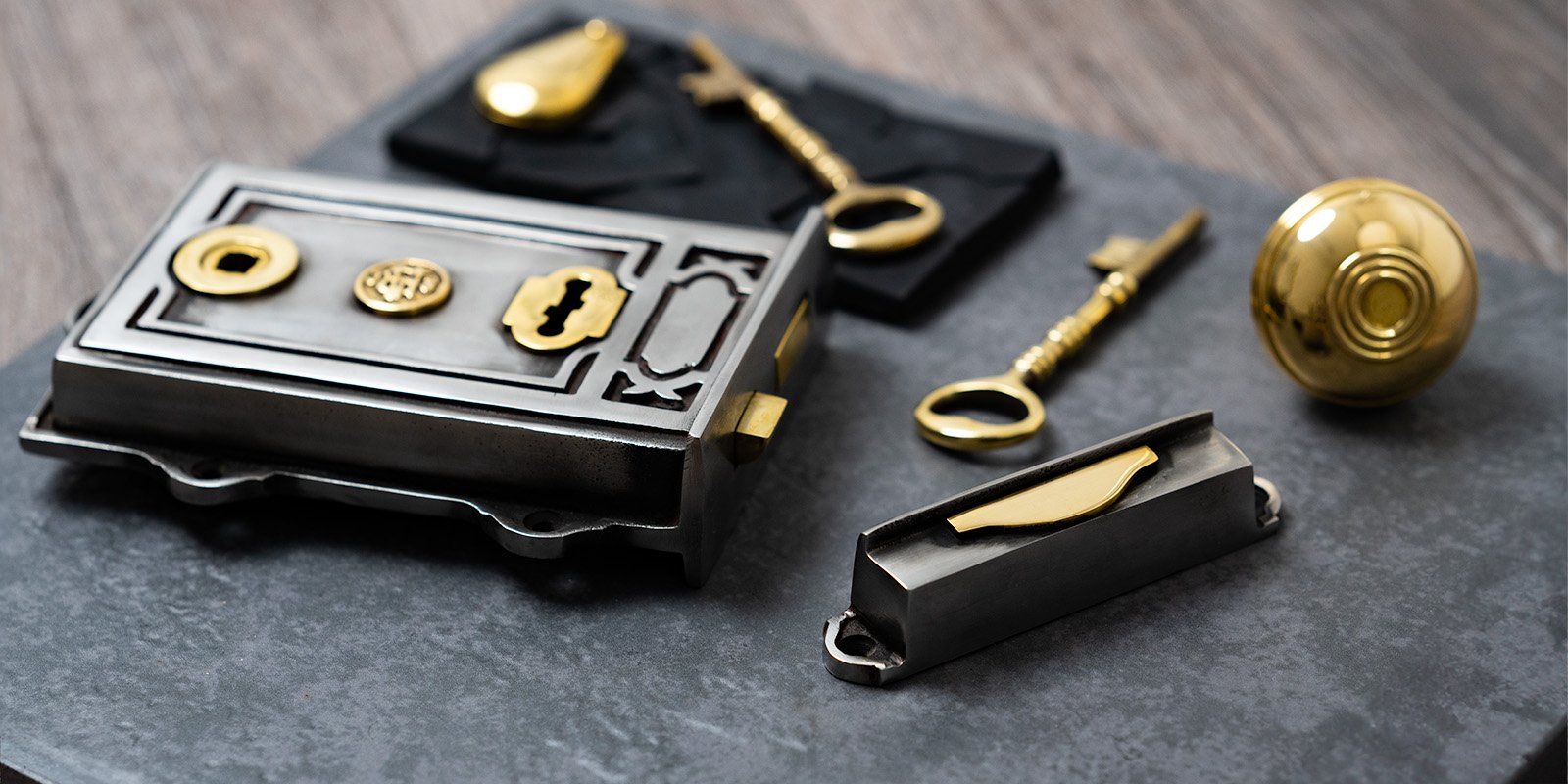
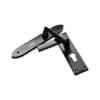
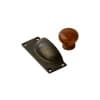
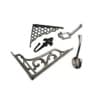
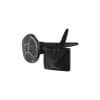








55 comments
Gareth Morgan on Oct 18, 2017
Hi, I have a need for a Suffolk latch on an external gate which closes against a wall at 90 degrees. My query is does such a keeper fo this application exist? Tha keeper would be mounted on the wall at 90degrees to the latch and would need to open in both directions. …<¥>… Would look a bit like this and stand out from the wall approximately 15mm Many thanks
Gareth Morgan on Oct 18, 2017
Hi, I have a need for a Suffolk latch on an external gate which closes against a wall at 90 degrees. My query is does such a keeper fo this application exist? Tha keeper would be mounted on the wall at 90degrees to the latch and would need to open in both directions. …<¥>… Would look a bit like this and stand out from the wall approximately 15mm Many thanks
Gareth Morgan on Oct 18, 2017
Hi, I have a need for a Suffolk latch on an external gate which closes against a wall at 90 degrees. My query is does such a keeper fo this application exist? Tha keeper would be mounted on the wall at 90degrees to the latch and would need to open in both directions. …<¥>… Would look a bit like this and stand out from the wall approximately 15mm Many thanks
Gareth Morgan on Oct 18, 2017
Hi, I have a need for a Suffolk latch on an external gate which closes against a wall at 90 degrees. My query is does such a keeper fo this application exist? Tha keeper would be mounted on the wall at 90degrees to the latch and would need to open in both directions. …<¥>… Would look a bit like this and stand out from the wall approximately 15mm Many thanks
Gareth Morgan on Oct 18, 2017
Hi, I have a need for a Suffolk latch on an external gate which closes against a wall at 90 degrees. My query is does such a keeper fo this application exist? Tha keeper would be mounted on the wall at 90degrees to the latch and would need to open in both directions. …<¥>… Would look a bit like this and stand out from the wall approximately 15mm Many thanks